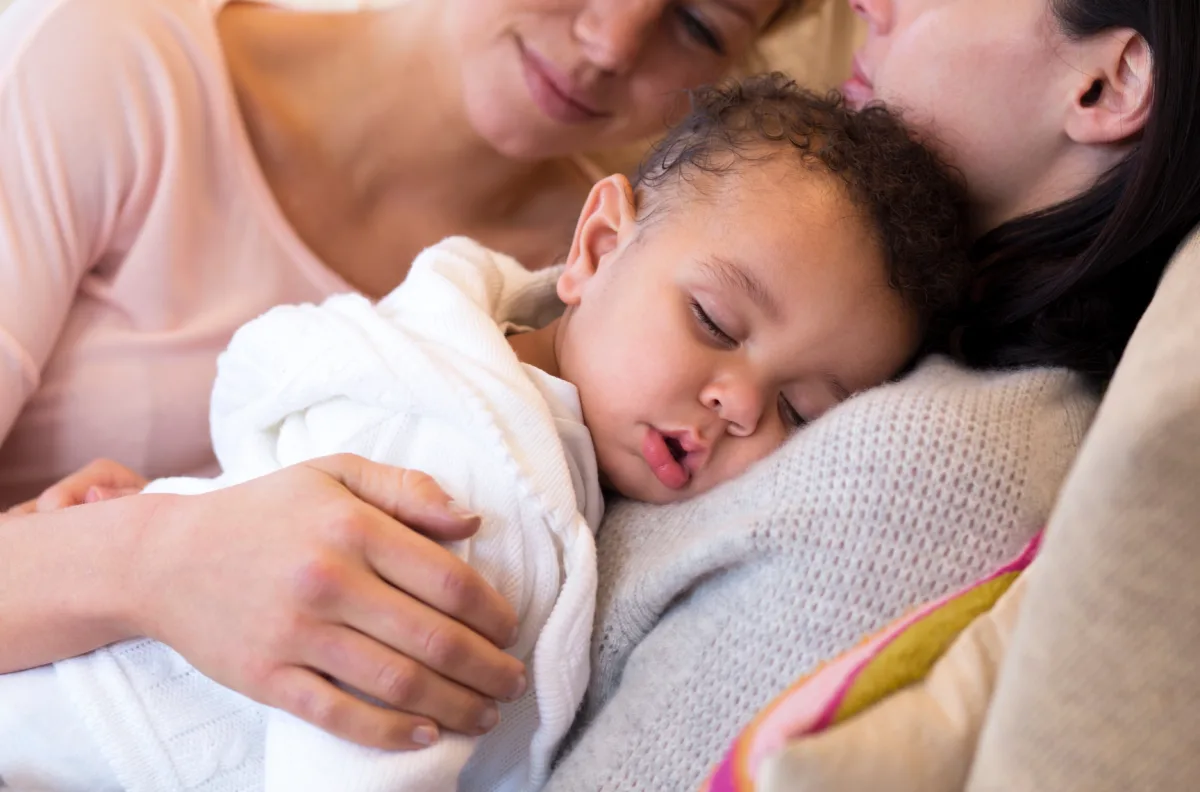This exemplifies Dr. Boynton-Jarrett’s approach to care, serving as a listener and facilitator. It illustrates what she believes to be true: that we cannot continue to address childhood obesity reactively. Rather we must address its root causes: severe inequities that plague our underserved communities and leave families without access to healthy affordable foods, safe neighborhoods, safe streets, and opportunities for physical activity.
Renee believes that the answers for addressing childhood obesity lie within individuals and communities themselves. Together with local partners, she’s helping more families have access to healthy foods. There are healthy food trucks, nutrition and cooking classes for expectant mothers, and gardens both in the community and at the hospital itself for neighborhood parents.


